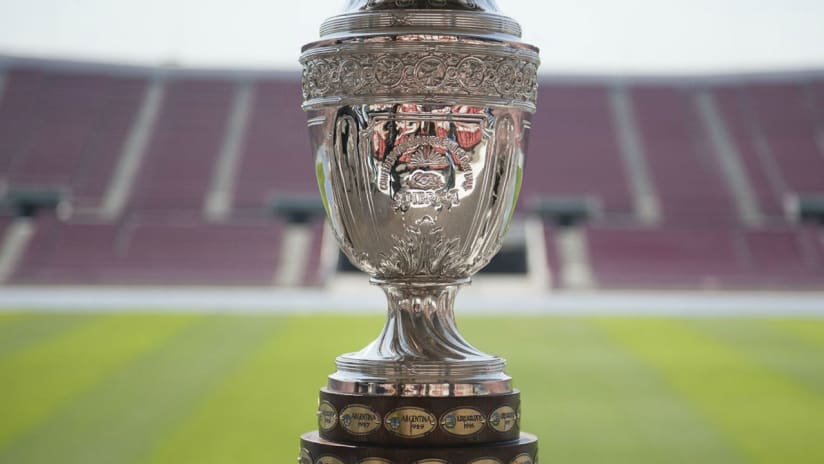Orlando City SC have announced that the Orlando Citrus Bowl will serve as one of 11 host venues for the highly prestigious Copa América Centenario 2016. The tournament will be played from June 3 to June 26 next summer and will mark the 100-year anniversary of the lively South American tournament and the first time that the tournament has been played outside of South American borders. With the exciting history that the tournament retains, Orlando is in for an experience of a lifetime. In looking forward to see what can be expected as far as thrills and exhilaration, let’s take a look back into the intoxicating past that is Copa América.
Why, How and When It All Started
Copa América was originally founded in 1916. While it is often compared to the UEFA European Championship, Copa América is actually 44 years older than the iconic European tournament. Formerly known as the South American Football Championship, the tournament was created in order to determine the international champions of continental South America between the teams of the South American Football Confederation (CONMEBOL: Confederación Sudamericana de Fútbol) and, more recently, the teams of the Confederation of North, Central American and Caribbean Association Football (CONCACAF).
The Tournament’s Staggering Past
July 2, 1916, Argentina held a four team tournament marking the initiation of the Campeonato Sudamericano de Football—modern day Copa América. The first year of the tournament was compact compared to today’s 12-team structure, it consisted of host-nation Argentina, Chile, Uruguay and Brazil.
Uruguay won the first edition of the tournament and carried that success through the century to become the tournament’s most successful team with a total of 15 trophies.
Brazil won their first South American Championship in 1919 before going on to win the tournament seven more times, with their most recent championship in 2007.
Argentina, the first team to host the competition in its infant stage, didn’t win their first Copa until 1921 but are right behind leading trophy holders Uruguay by one with 14 total championships.
Chile, the 2014 World Cup dark horses, are the current Copa América title-holders after winning their first championship in 2015.
The South American Championship era lasted until 1967 before the tournament took an eight year hiatus. It then proceeded in 1975 under the contemporary name Copa América.
Structural Diversity
Copa América was set up to take place once a year and held that structure from 1916 until 1927, with one exception in 1918 due to a flu epidemic in Brazil. When Uruguay was selected to host the 1930 FIFA World Cup, the South American Football Championship was put to a temporary halt. The tournament then proceeded in 1935 with the more prevalent biennial structure.
The modern day tournament maintained the two-year structure from 1987 to 2001 when it then jumped from 2004 to 2007 to 2011 to 2015, finally landing in 2016 to bring it back in line with the UEFA Euros.
Quick Facts
- 1993 and 2015 were the only years that both Brazil and Uruguay didn’t finish in the top four.
- 1939, 2001 and 2011 were the only years that both Brazil and Argentina didn’t finish in the top four.
- 1949, 1979 and 1997 were the only years that both Argentina and Uruguay didn’t finish in the top four.
- At least one of the three top teams—Brazil, Argentina and Uruguay—have finished in the top-four since 1916.
- Brazil and Uruguay have won all Copa América tournaments that they have hosted.
Phil Rawlins spoke with great enthusiasm when he announced that Orlando will be a host city for the 2016 edition of Copa América, “Remember the World Cup being [in Orlando] in 1994. Look at the impact that had on the city and the way it brought tourists and visitation to Central Florida, and the way it really began the fire and the impetus for soccer in this community. We will be hosting three games that will fill the Citrus Bowl with visitors from all over the world. Copa América will be as big as the 1994 World Cup.”





